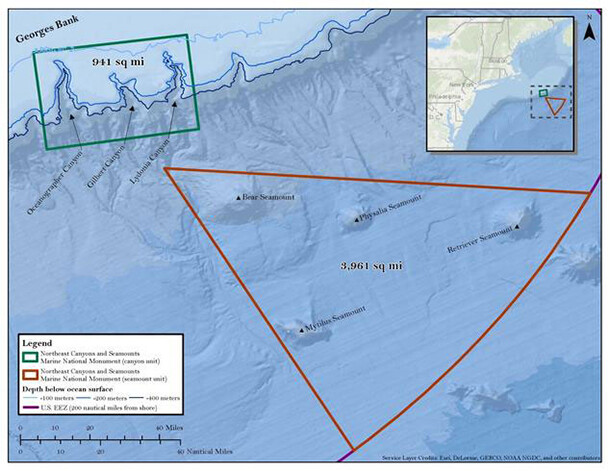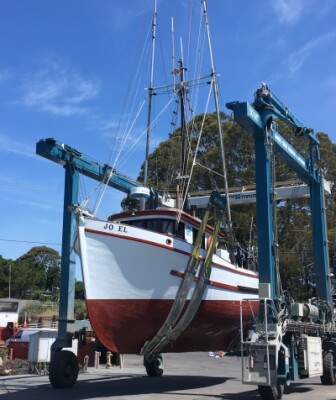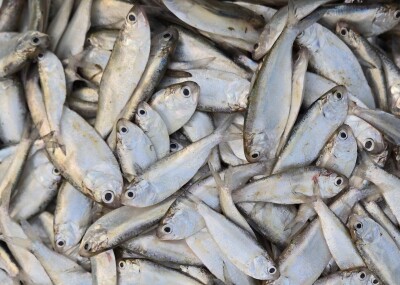The Trump administration has moved to roll back additional federal fishing restrictions, this time reopening the Northeast Canyons and Seamounts Marine National Monument to commercial fishing.
President Trump signed a proclamation on May 9 restoring access to nearly 5,000 square miles of federally protected waters southeast of Cape Cod, a move praised by regional industry groups and criticized by conservation scientists.
Originally designated as a national monument in 2016 under President Obama, the Northeast Canyons area was intended to protect deep-sea corals, whales, sea turtles, and other sensitive marine species. It was reopened to fishing during Trump’s first term in 2020, but the decision was reversed under President Biden in 2021.
The latest proclamation marks the second time in his new term that Trump has lifted fishing restrictions in federally protected marine areas. On April 17, he signed a similar order opening more than 400,000 square miles west of Hawaii, part of the Pacific Remote Islands Marine National Monument, to commercial fishing. This area was declared a monument in 2009 by former President George W. Bush and expanded by President Obama.
Supporters of the change say the rollback corrects years of government overreach. “For decades, overregulation has stopped fishermen from making a living and putting wild, heart-healthy, American-caught products on store shelves,” stated Jerry Leeman, CEO of the New England Fishermen’s Stewardship Association (NEFSA), in a recent press release. “NEFSA is pleased that the Trump administration is committed to making America’s natural resources available to all Americans.”
Leeman also criticized the original monument, claiming that it was designated as a political maneuver that ignored years of science-based planning. “Throughout 2020, the New England Fishery Management Council worked closely with NOAA to develop a smart, science-based plan to allow fishing in the area while protecting endangered species and local cold water corals. All that good work went to waste one year later in 2021 when the national monument was established.”
While NEFSA welcomed the decision as a “common-sense approach” to balancing stewardship and economic opportunity, environmental scientists voiced concern that the move could undermine critical research and marine biodiversity. Peter Auster, research professor emeritus of marine sciences at the University of Connecticut, emphasized the ecological significance of the monument. “Without protected areas like this that exclude commercial-scale activities, we have no measure of how human uses elsewhere at sea impact biodiversity,” Auster told Reuters.
A recent aerial survey conducted by the New England Aquarium with support from the U.S. Fish and Wildlife Service documented more than 600 animals in the monument area, including humpback whale calves and bottlenose dolphin calves, the Aquarium posted on social media on Friday.
Despite the controversy, NEFSA remains firm in its stance. “Our oceans, our communities, and our prosperity depend on recognizing that fishing and stewardship are not mutually exclusive- they are one and the same,” stated Leeman.







